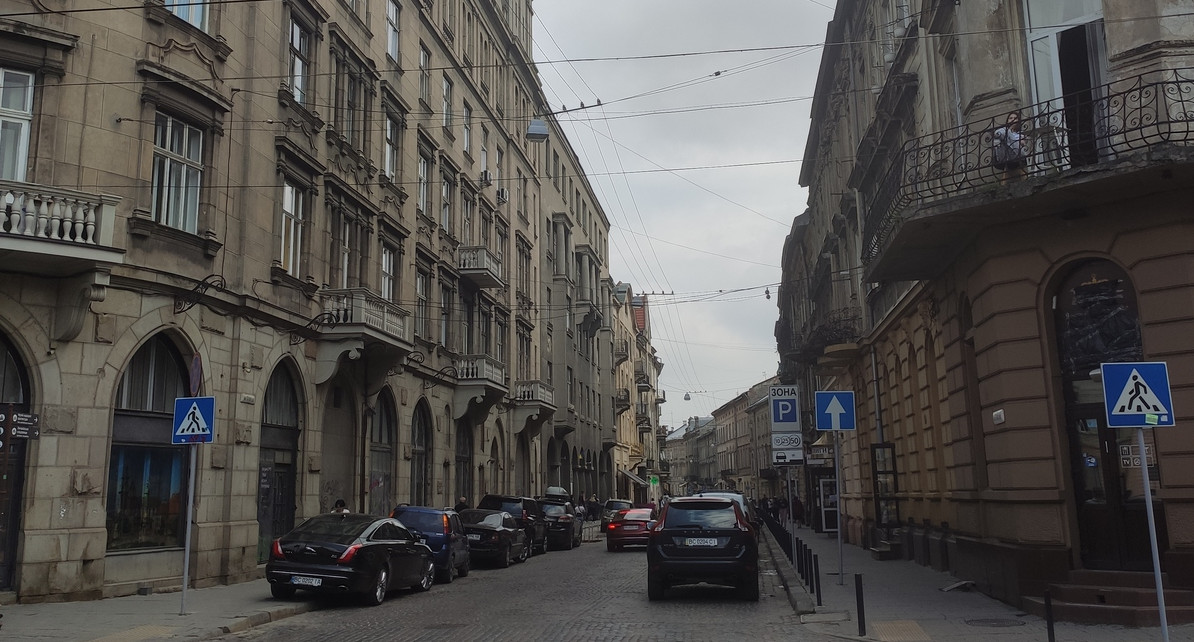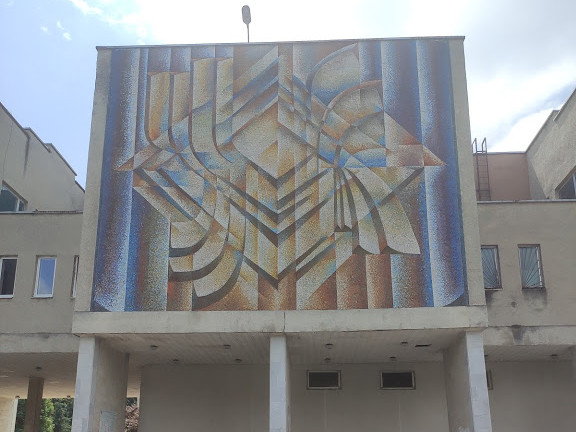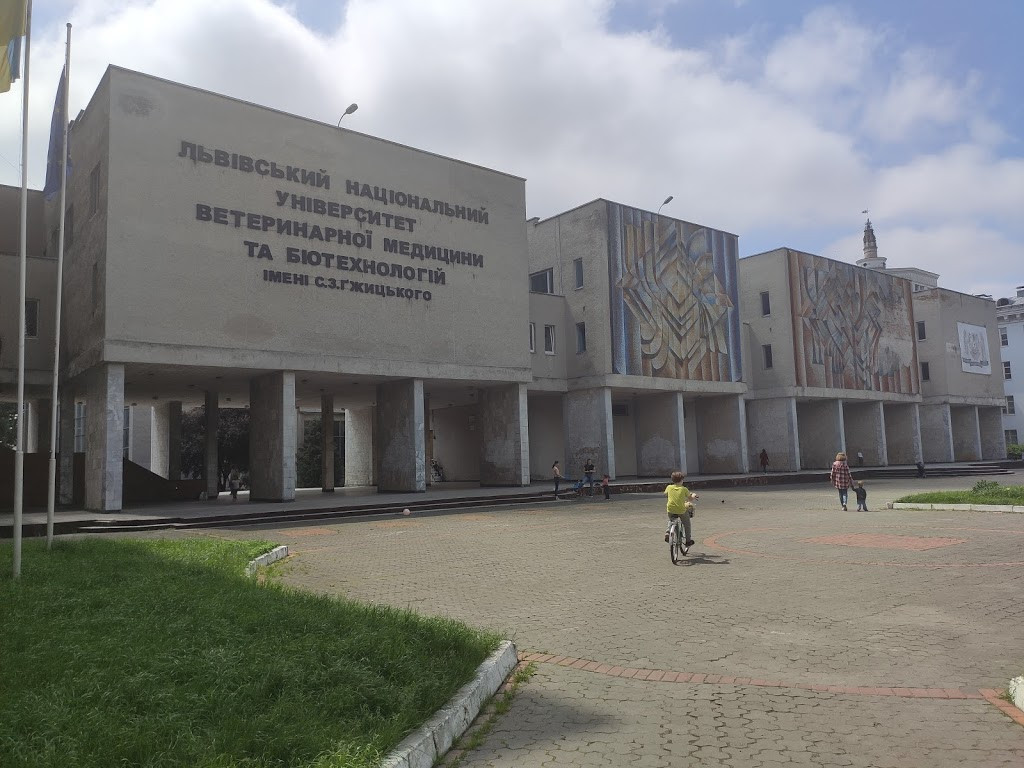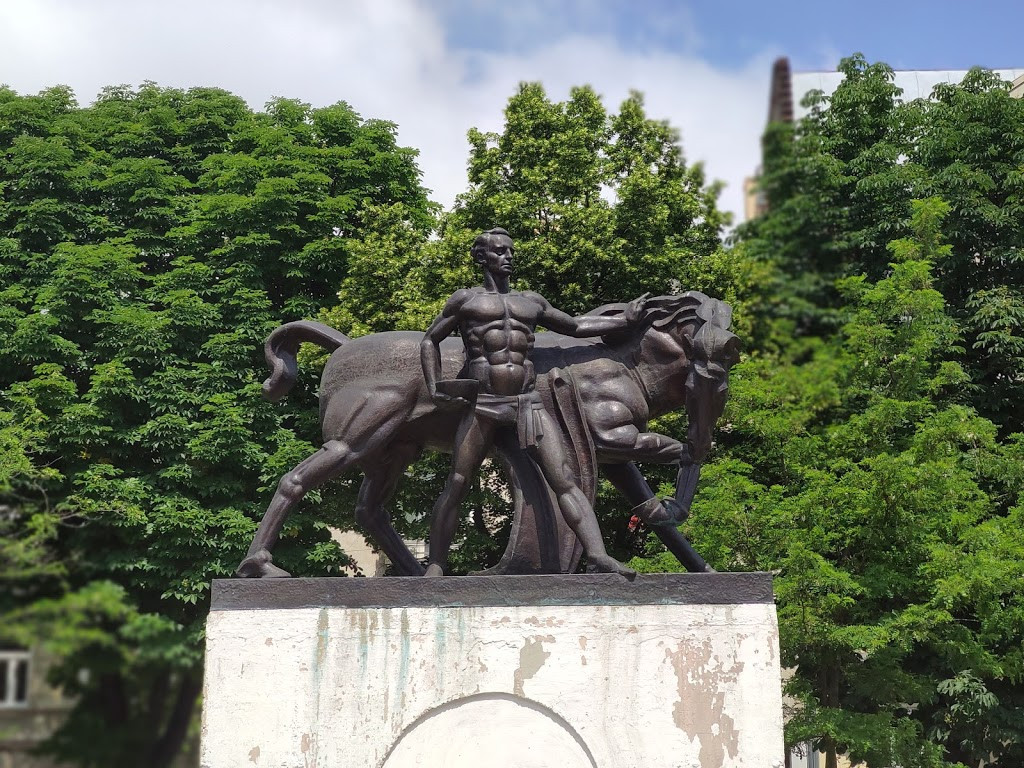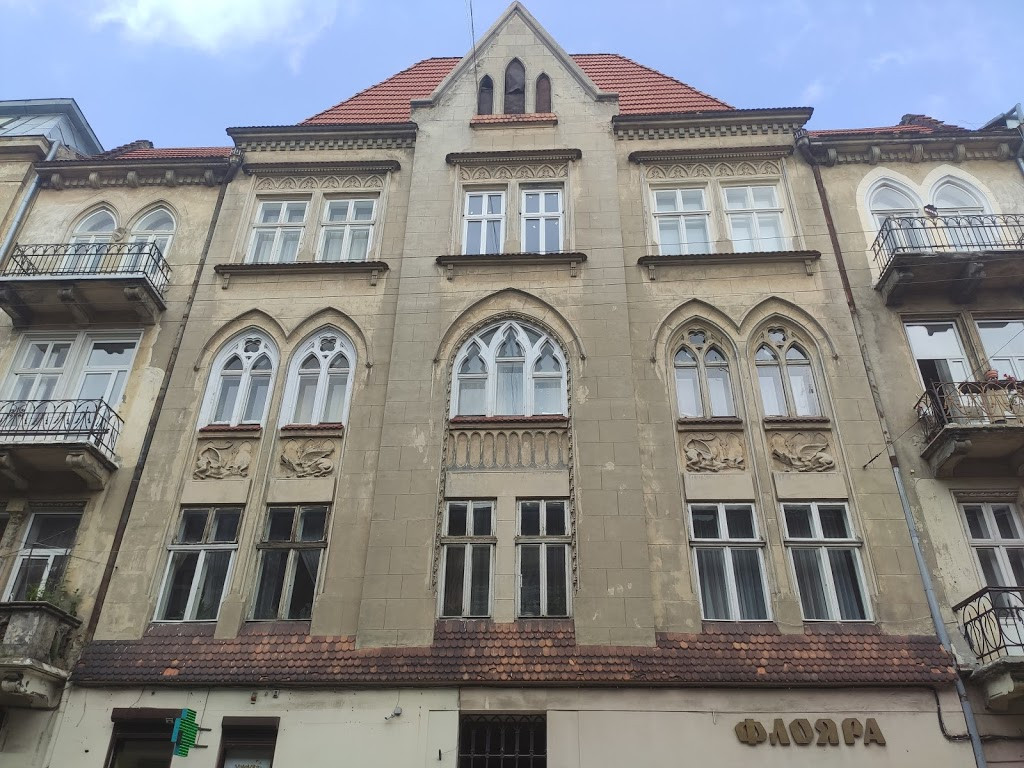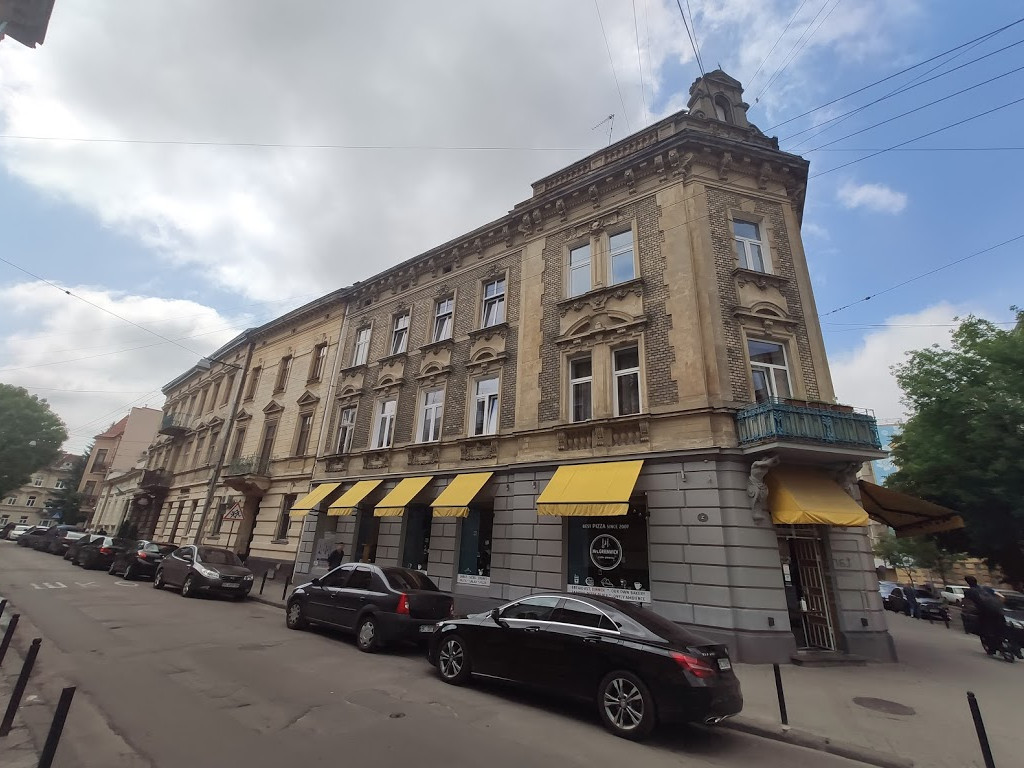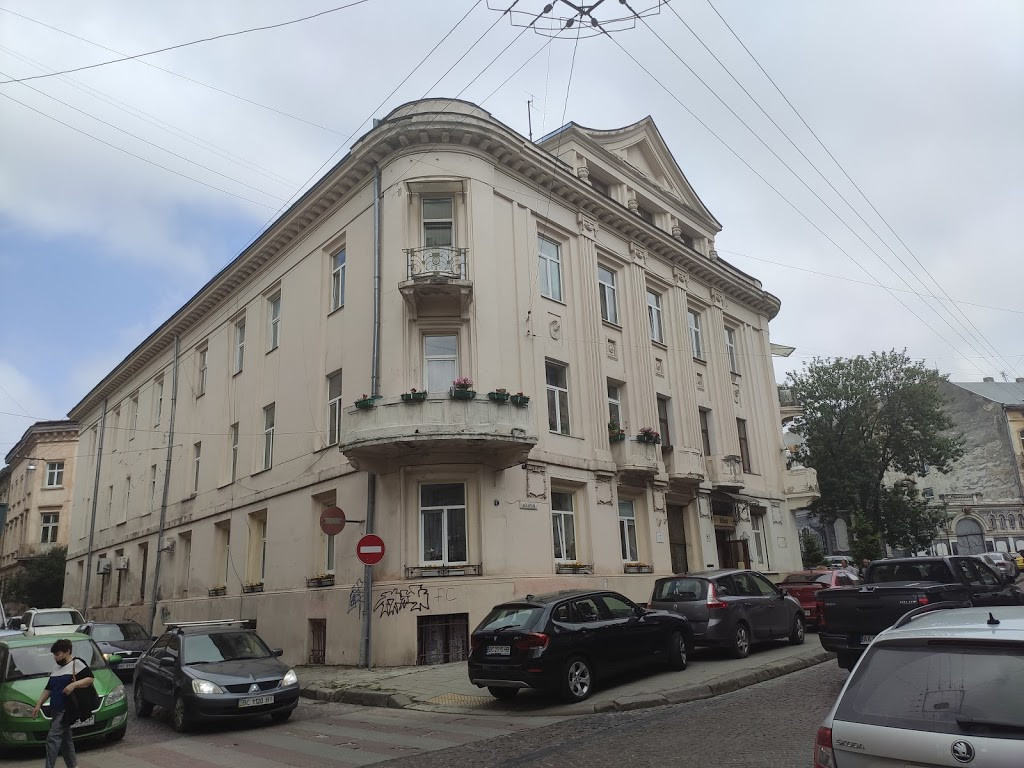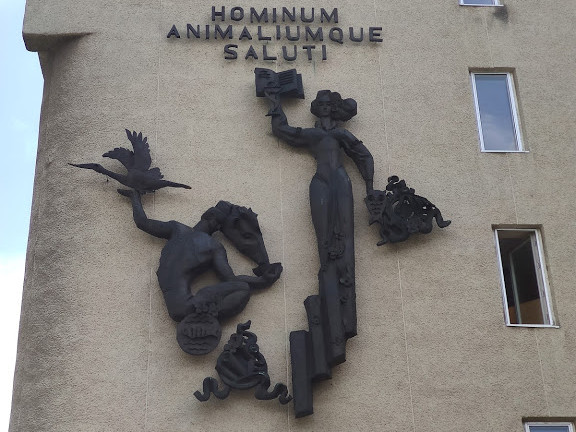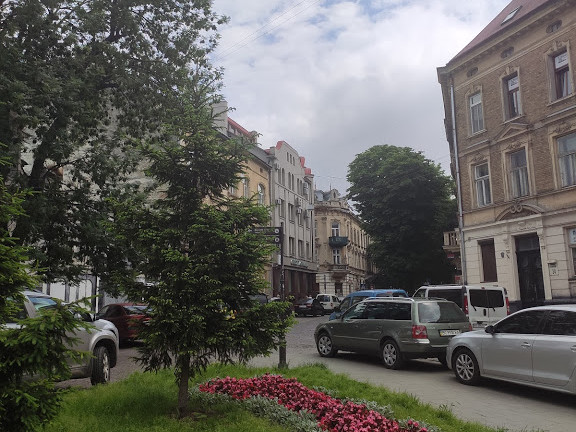The center of Lviv is something that attracts millions of tourists every year. The combination of unique architecture with incredible color, hundreds of legends and rich history, thousands of authentic cafes, pubs and restaurants - all this deservedly makes Lviv the cultural and tourist capital of Ukraine and opens the city to new guests.
There are about thirty museums in Lviv, and it so happened that one of the most popular among them is located a little outside the central part. We are talking about the Lviv necropolis - Lychakiv Cemetery, the official name of which is “Museum-Reserve ”Lychakiv Cemetery””. This location can be considered a “city within a city”, because the size of the museum is really impressive. Lviv Necropolis is a place of peace, tranquility, history and incredible beauty of architecture, so it is a must visit. And we advise you to dedicate at least half a day to this.
However, today our story is not about the museum itself, but about how to get there and do it to your maximum benefit. We offer you a walk, totaling no more than 40 minutes.
If you start your journey from Rynok Square, you need to walk along Krakivska Street to Soborna Square - this is where the journey to Lychakiv will begin.
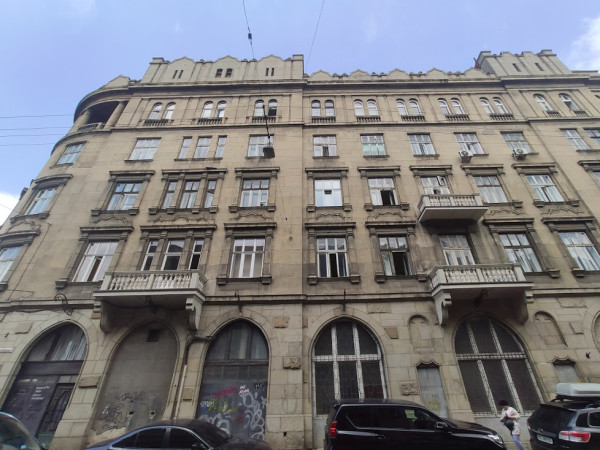
The first thing you will meet will be the building of the Former Krakow Hotel - located at Soborna Square, 7 and the building of the Former Hotel “Metropol” - which is located at Soborna, 2. Since the formation of the XIV century. city fortifications there was a road leading from the eastern ridge of the defensive walls in the direction of the Volosska road, through which the city received a large part of the eastern goods. In 1544 the road Temrichivska (future Pekarska Street) was first mentioned, which led from it to the small settlement of Volia Kampianivska. In the second half of the XIX century. on the two extreme plots (peasant landholdings) was built a corner three-story building of the hotel “Krakiwskyi” with 5 windows on the facade and a two-story building adjacent to the building of the military General Command. It is worth noting that on the opposite side of the street was built the hotel “Metropol” (Pekarska 2), and the General Team “Warsaw” (5 Soborna Square). At the time of construction, it was one of the largest and most modern hotels in the city, in which the Art Nouveau style combined the features of the Renaissance and Gothic
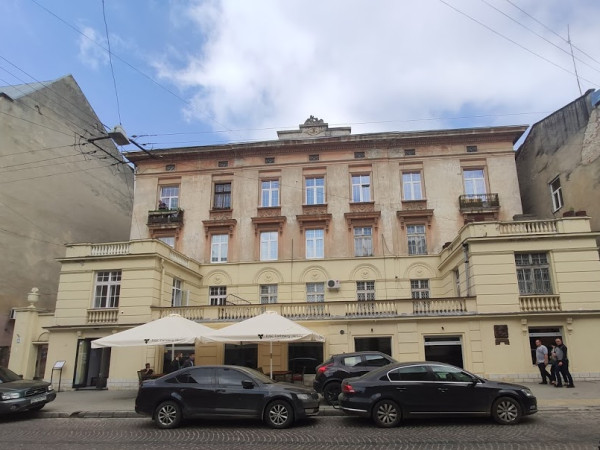
The next thing that will appear before your eyes will be the former palace of Count Orlovskyi - one of the three palaces on the street, located at Pekarska Street, 13 - A three-story classicist palace built in the first third of the XIX century. Subsequently reconstructed several times. In particular, two projects of 1854 and 1855 by Wilhelm Schmid, a famous Lviv architect, have been preserved. In 1890 the building was bought by the businessman Henryk Bogdanovich, who arranged a tin factory here. This caused a new wave of perestroika in 1890, 1892, and 1899. All - designed by Bronislaw Bauer. The facade was crowned by a sculpture of Fortune, which dates back to 1810-1814. On the northern (rear) side of the site before the First World War, Bauer built two profitable houses for the entrepreneur. The third, designed by Jozef Maslowskyi, has not been implemented. In 1925, the factory became the property of oilman Jozef Mernyk, who initiated another reconstruction of the palace and courtyards, implemented in 1931 by Maximilian Kochur. Since then, the appearance of the buildings has hardly changed. After World War II, the entire building, including the former warehouses and shops, became residential. Today it is divided between private owners and public organizations.
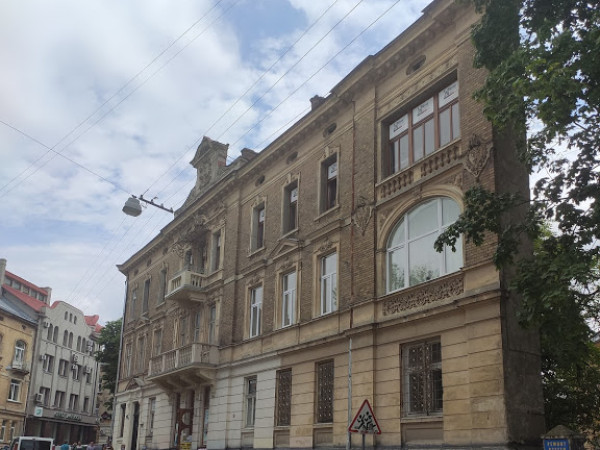
The building is a little further on the opposite side of the street at Pekarska, 34 exactly you will be interested in the originality of the design, because you will see the “flattest” house in Lviv. It was built in such a way that its front and rear facades form a sharp, slightly truncated corner. This form of the house - not an eccentricity of the architect, but a forced measure - the purchase of land was expensive and the owners came out of such situations as they could. Inside the room are not rectangular, but trapezoidal.
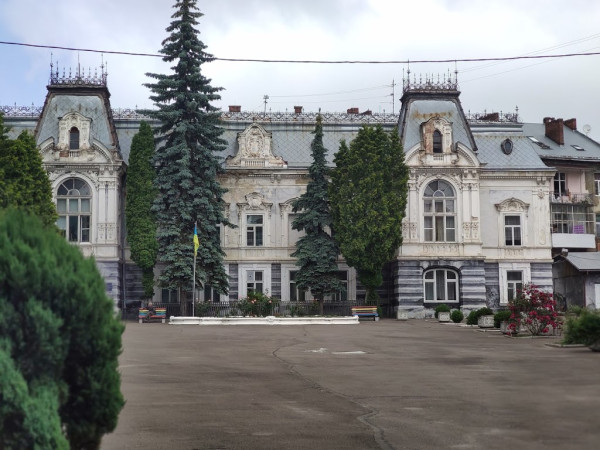
Another beautiful building on the street is the Semensky-Levytskyh Palace, built in the first half of the 19th century by order of Count Konstantyn Semenskyi. In 1891-1894, architects Ivan Levynsky and Jan Kudelsky reconstructed the palace, which has preserved its appearance to this day. In the 1930s, a branch of the Ukrainian Academic Gymnasium was moved here from the People's House. In the post-war years, there was a secondary school № 36, later a specialized boarding school № 102 for children with mental disabilities was placed here, which still functions today. The palace is located in the depths of the quarter, Pekarska faces the outbuilding and the former stables. The entrance to the stables is decorated with two heads of horses, because Wilhelm Stanislaw Semenskyi was the president of the Galician Commission for Horse Breeding and a great admirer of them.

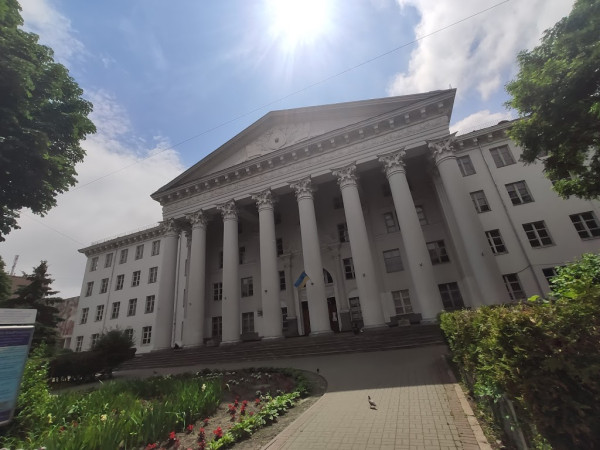
The next building is very different from all that you could see on Pekarska. The monumental four-storey white building is today the main building of the Lviv State Academy of Veterinary Medicine named after Stepan Gzhytskyi was built in 1954–1961 according to the project of architect Mykola Sukoyan, with the participation of Viktor Anikin. An example of the architecture of Soviet retrospective academism. Behind the building is the academic pond and other university buildings.
A little further on the same side, the facade of the buildings of the school is decorated with relief mosaic panels “Seasons”, created in 1996 by Sergei Babkov. And in front of them you can see a monument to a veterinarian - a figure of a man with a horse.
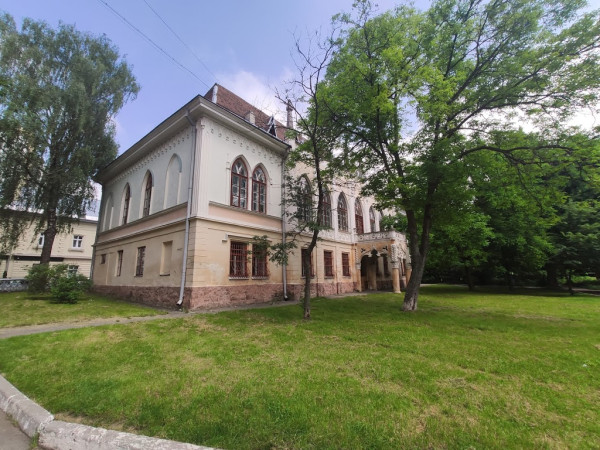
On the territory of the academy there is the third palace of Pekarska Street - the Palace of Turkuliv-Comello, formerly - the Palace of Count Henryk Diduszyckyi (address of the palace - Pekarska, 50A)
This palace is the first building in Lviv in the style of early neo-Gothic. The palace was built around 1840–1843 (according to another version of 1810–1830) on the model of Venetian Gothic by order of Count Henryk Severin Diduszyckyi (from 1842 his widow Theodosia Diduszycka of the Counts of Melzynskyi lived in the palace). The author of the project is probably Frederick Bauman. As Mechyslav Orlovych describes, in the middle of the 19th century, when the palace was owned by Countess Felicia Comello (daughter of Count Tadeusz Turkul), her estate was covered with shingles and looked like a real suburban estate. Since 1937, the palace has been at the disposal of the Stepan Gzhytskyi Lviv Academy of Veterinary Medicine. Now there is an educational building (Lviv National University of Veterinary Medicine and Biotechnology named after Stepan Gzhytskyi). Next to the palace is a small park, playground and apiary.

The pink church on the opposite side of the street is the Church of Christ the Savior of the Ukrainian Christian Mission of the Revival of Mercy. The house was built as a chapel of the monastery of the Order of the Resurrection in 1888-1890 according to the project of architect Albin Zagursky.
After the end of the Second World War in 1945, the resurrected monks left Lviv and the building did not function for a long time. Since 1994, the former church has had a Protestant church, and today - the Church of Christ the Savior of the Ukrainian Christian Mission of Revival of Charity. This building - a model of the architecture of historicism and partly - the Neo-Renaissance, will be of interest to connoisseurs of sacred architecture.
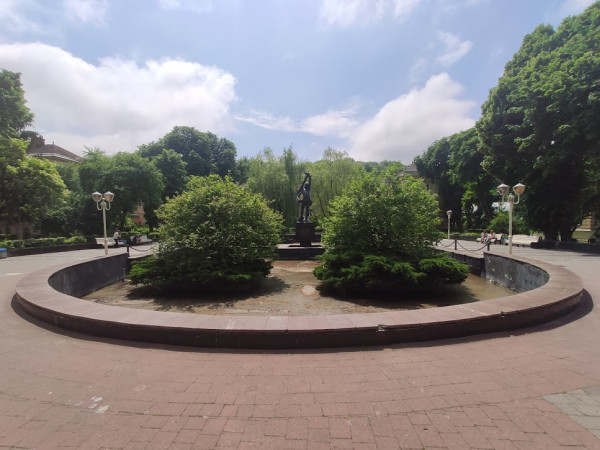
A little further you will see a majestic fountain on the right side of the street. This is a monument to doctors who died in World War II. Established in 1975, and in the early 90's there was an inscription "Immortal valor of doctors." Its authors are sculptor Petro Kushnir and architect Apollon Ogranovych. Next to the fountain-monument are three beautiful buildings of Lviv National Medical University named after Danylo Halytsky. In two of them there are museums - anatomy and pathological anatomy, but the entrance is available only by appointment. Opposite the fountain is the main building of the university.
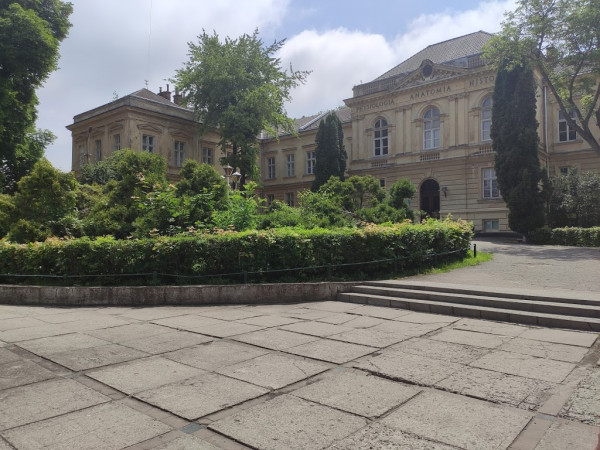
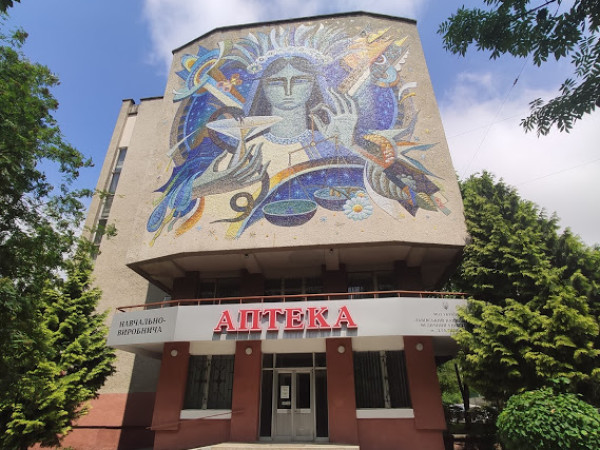
The last interesting point of your walk will be another mosaic, which will be located at Pekarska, 75. Today it houses a training and production pharmacy of Lviv Medical University). It depicts the goddess of hygiene Hygieia. This mosaic appeared in Lviv in the early 90's, its author - artist Valery Marchak. However, be careful - behind the branches of trees mosaics from the street is almost invisible. The landmark will be a small square and buildings of the botanical garden on both sides of Pekarska.
And here - at the end of the street you will see the purpose of your walk - Lviv Necropolis. However, in front of your eyes will be the old entrance - a new one located 100 meters on the right side.
We hope that you will not be disappointed after visiting this atmospheric place.
And we wish you a good walk =)
